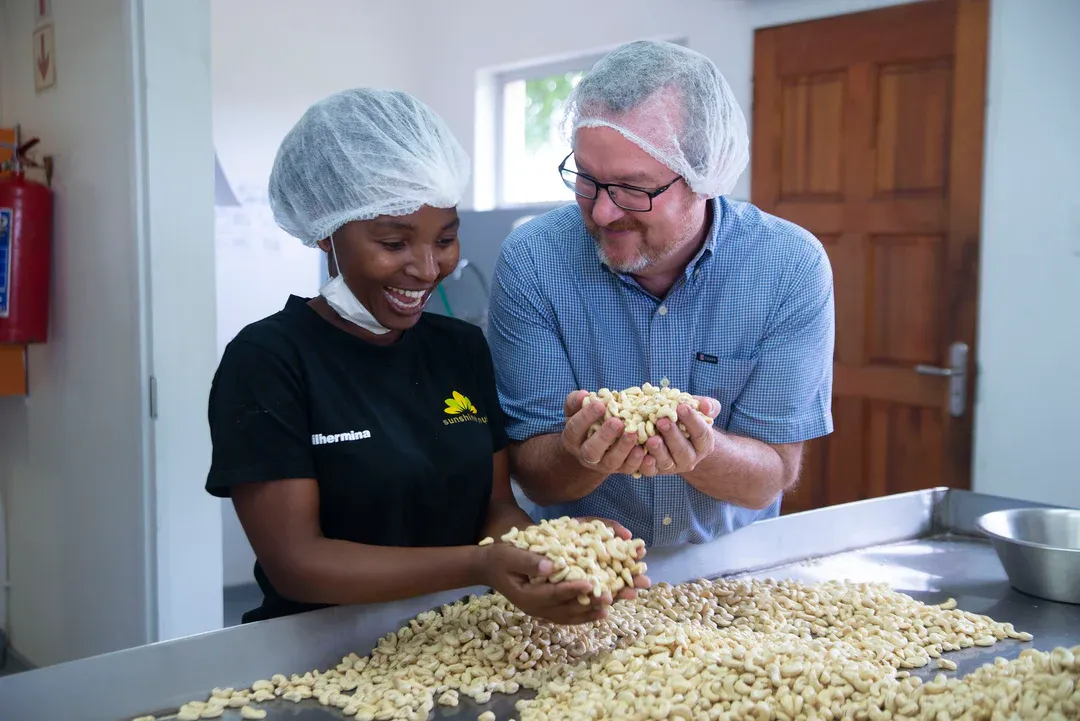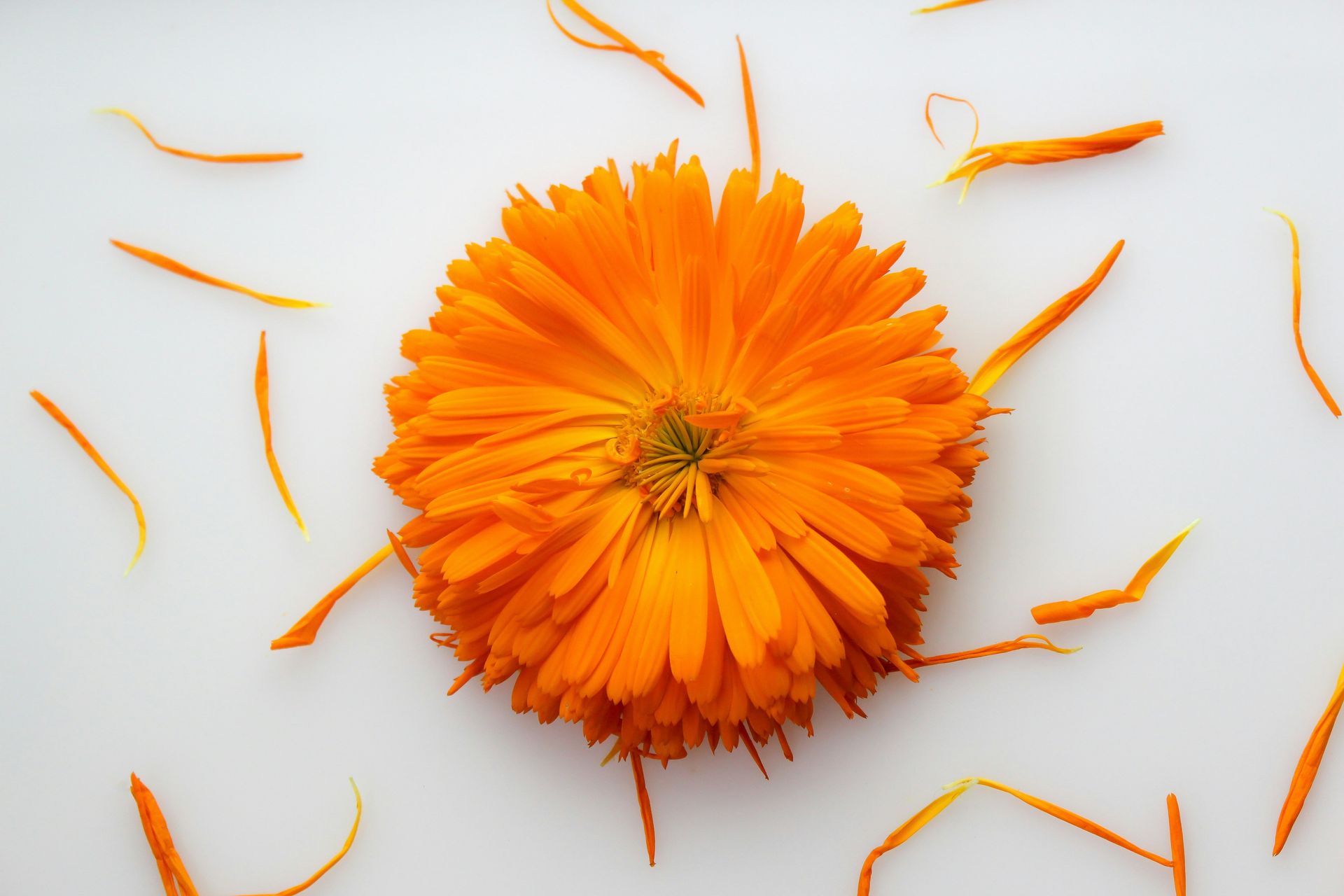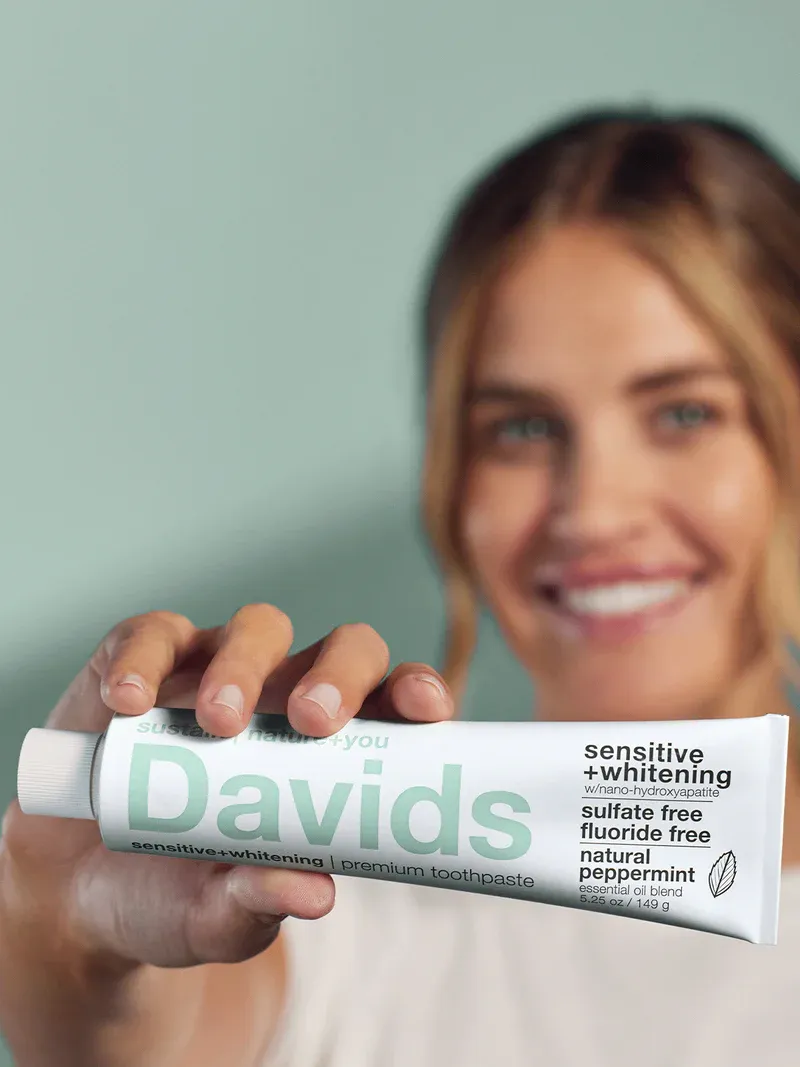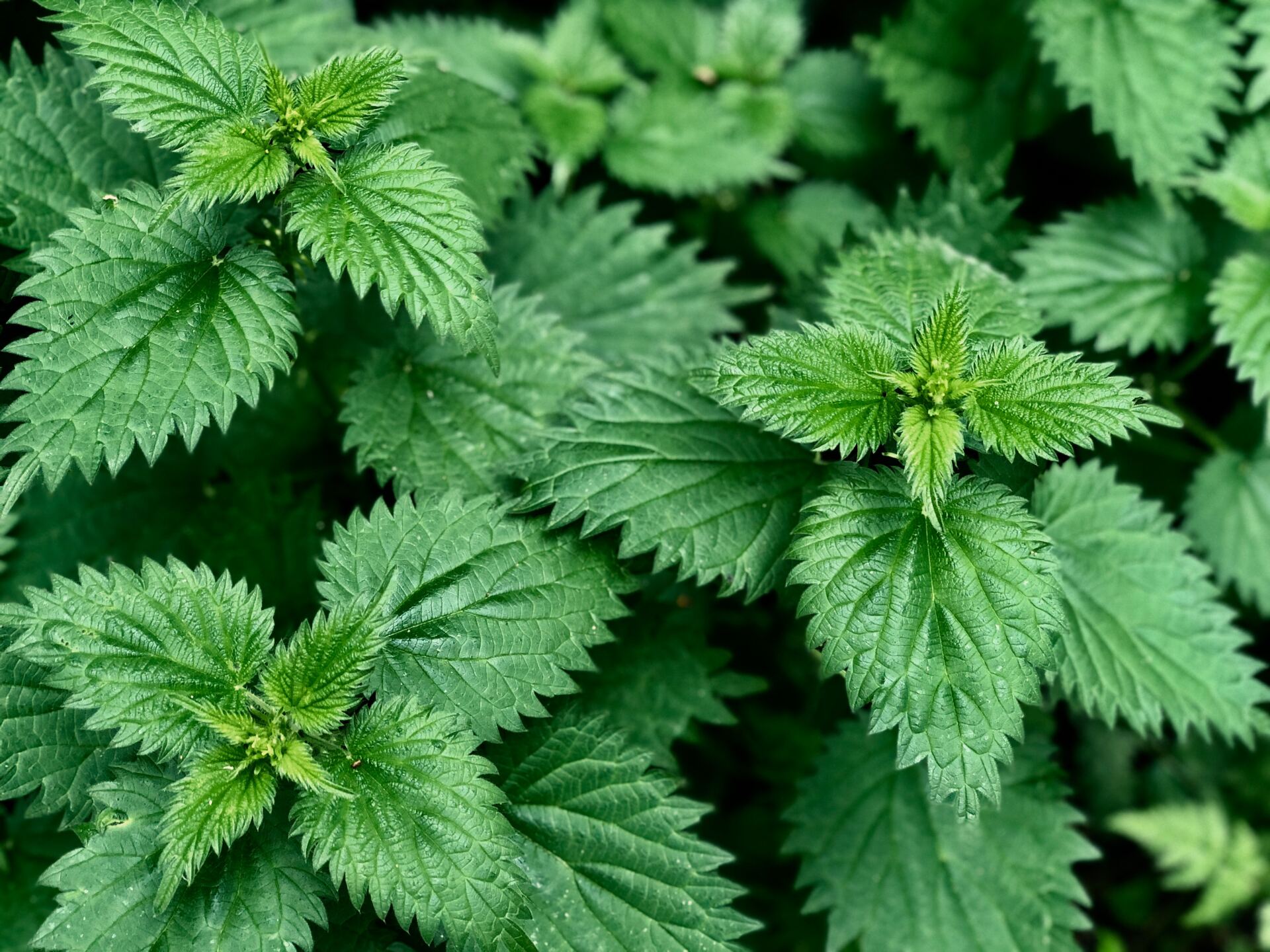








Cannabis sativa is a genus of plant that grows wild in many tropical and temperate regions of the world. Cannabis sativa is also known as hemp or marijuana. It has been used and cultivated by humans for at least 6,000 years. The oldest known written record of Cannabis use comes from the Chinese Emperor Shen Nung in 2727 BC. Evidence of rope, cloth and netting made from cannabis fibers date back to between 10,000 and 3,000 BC.
While people have used cannabis for medicinal purposes since ancient times, in the past century, it has been popular for people to smoke or eat it to induce a sense of mild euphoria that is often referred to as a “high.” However, it is also used medicinally to control seizures, mood, nausea, and to manage pain.
Why does cannabis affect people the way it does? The short answer is “cannabinoids.” There are more than 400 naturally occurring chemical components that are found within the Cannabis sativa plant. Of these, 66 have been classified as “cannabinoids.” Cannabinoids are natural chemicals that interact with our bodies’ endocannabinoid (EC) system. They are produced by both the body and by plants.
Phytocannabinoids are the cannabinoids produced by the cannabis plant that are concentrated in the oil resin of the cannabis leaves and flower buds. Endocannabinoids are the cannabinoids that our bodies produce Endo refers to ‘body.’ Phyto refers to ‘plant.’ The most commonly known phytocannabinoids are delta-9-tetrahydrocannabinol (THC) and cannabidiol (CBD).
THC is probably the most widely known cannabinoid, as it is what makes some people feel “high” when it is smoked or ingested. There are wide ranges of THC potency among cannabis plant varieties. In recent years, it has been fashionable to breed strains of cannabis that are high in THC, and thus cause a more intense psychoactive response in the person using it.
CBD is another significant cannabinoid found in the cannabis plant. Research has shown CBD is likely to have analgesic, anti-inflammatory
and anti-anxiety properties. Unlike THC, CBD has no psychoactive effects and will not make a person feel “high.” CBD is currently growing in popularity due to its potential for pain relief.
You might be wondering if CBD is legal or not. The answer is yes, it is federally legal, but it’s complicated. Since 2014, there has been a federal program which allows farmers in certain states to grow hemp with THC concentrations below a certain level (almost zero percent). Furthermore, federal law allows products derived from that hemp to be sold in all 50 states.
The big question: is CBD okay to use in my state? Truthfully, that depends on the state, as state law is not the same as federal law. While many states follow the federal law and allow the use and sale of hemp products, others don’t allow any part of the cannabis (or hemp) plant to be used or sold. ShiKai has been working diligently with lawyers that are experts in cannabis law and cannabis regulations to compile a list of states where hemp products can legally be sold and used. Washington, Minnesota, Maine, and California are examples of states that find it acceptable to use CBD when grown in accordance with the federal guidelines.
ShiKai Products were introduced in 1970 when Dr. Dennis Sepp started exploring natural, ayurvedic ingredients for skin and hair care. Using ancient ingredients like shikakai and the modern technology of omega-6 oil, ShiKai has forged a new direction in natural body care. ShiKai formulates their products based on scientific study and rigorous standards. They also make their own botanical extracts and produce their products in their state-of-the-art facility in Sonoma County, California. Using time tested formulas and modern technology, they control quality and standards from start to finish. Learn more at ShiKai.com
All of ShiKai CBD Topical products contain a pure, odorless and colorless form of CBD derived from industrial hemp that is sustainably grown on family farms in Kentucky. Only the highest quality, pharmaceutical grade ingredients are used in their CBD products.









Please give us a call for today’s deli hours as they can vary due to staffing.
Grab and go options are always available until close.
FEDERAL WAY
Monday-Saturday: 8 am - 8 pm
Sunday: 9 am - 7 pm
Please call for current deli counter service hours. Grab and go options available until closing.
2565 S. Gateway Center Place
Federal Way, WA 98003
TACOMA
Monday-Saturday: 8 am - 8 pm
Sunday: 9 am - 7 pm
Please call for current deli counter service hours. Grab and go options available until closing.
2951 S. 38th Street
Tacoma, WA 98409